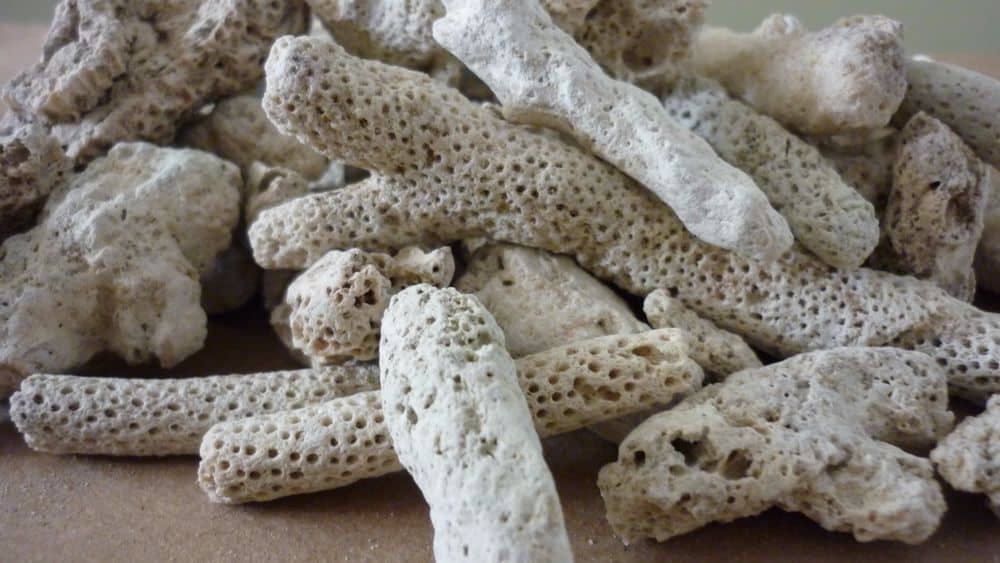Just a quick note. We mostly measure Total Ammonia (TA) in tanks. This is the sum of NH3 + NH4. it is possible to zero out TA in a tank by removing only NH3 or NH4. Because as soon as one removes some of either one, it is replaced immeduately with more created from the other due to the pH and temp.of the water. The levels of NH3 and NH4 in the water are set by the other two parameters. So when the plants take in NH4, some of the NH3 will turn to NH4 to restore the balance.
OK- the extra info helps. The thing about the cycle is that it creates acid in the tank which will lower the pH if the KH is insufficient for keeping the pH from dropping. The bacteria will use the carbonates/bicarbonates that make up KH. Some palnts can also use So I would agree that you should add a bag of crushed coral to your filter. Too much and you will raise the GH as well as the KH. The acid water causes the coral to dissolve which puts carbonates back into the water. This should raise the pH.
The bacteria prefer to use NH3 (ammonia). But in acid water the is almost no NH3, it is all NH4 (ammonium). The bacteria are able to use the NH4, however, they are much less efficient at doing this than when they can use NH3. This is why the cycle seems to stop as the pH drops below 7.0. It doesn't actually stop, but one needs more bacteria to do the job than if the pH were higher.
When we do a fishless cycle we dump a whole day's ammonia or more into the tank all at once. But when a tank is established the ammonia is produced 24/7 but at a very low level. The bacteria do not have to process 2 or 3 ppm all at once, they only have to use it as it is being created. The algae is an issue because the bacteria and plants cannot clear the dosed amount of ammonia fast enough. So the algae can use it. Once you finish the cycle and manualy clear the algae, it should be easier to prevent it simply because you will not be adding ammonia.
Finally. you are correct about the floating plants. These are usually quite good at using ammonia and often nitrate if there is not enough ammonia. So, when you removed them you reduced the ability for your tank to process ammonia. This left more work for the bacteria to do. They create nitrate from the ammonia whereas the plants do not.
You are so close to being done that you should just continue to follow the cycling article. It is also important that when you are done that you should try to fully stock the tank all at once. Do not overstock. There are several reasons for doing this. One is that you do not need to quarantine the fish. Your tank is their Q tank and their final home. Any fish you might add down the road should go into a separate Q tank before going into the main tank.

 www.wildaquazoo.org
www.wildaquazoo.org
